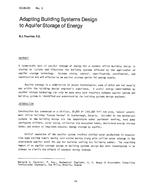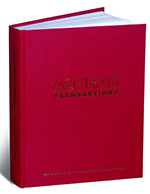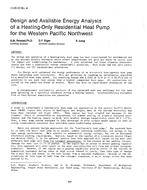Click here to purchase
Optimized control methods for operating hybrid oil-fired hydronic/mini-split heat pump heating systems have been identified and explored in this study. The work focused on oil-fired hydronic heaters but would be generally applicable to other fuels. Boilers are known for optimal performance at low outside temperatures when loads are high, while heat pumps operate best at lower loads, when outside temperatures are moderate. This study has identified how the two systems are commonly operated together using field data. An analysis of annual cost and energy usage based on manufacturer and field performance data has also been performed. Six sites across New York State containing these hybrid heating systems were selected to collect basic operating data. This data provided insight into how these systems are currently used and the implications of these usage patterns on their performance. A separate effort modeled boilers and heat pumps based on external data to compare annual cost and energy output with the use of several different integration control methods. Operating methods of the hybrid systems from the field tests were found to vary from site to site. Outdoor heat exchanger units experience defrost cycles even at temperatures above 32°F (0°C). Analysis of field data indicated that heavy defrosting can be avoided by limiting heat pump operation to one to two hours, and not utilizing them for recovery from setback. Cost data from the annual performance analysis showed savings when using control methods that switch the primary heating appliance between the hydronic and heat pump systems based on either temperature or selective dates. The search for heat pump modeling data highlighted discrepancies between manufacturer reported and published field performance data at temperatures greater than 20°F (-7°C).
Product Details
- Published:
- 2023
- Number of Pages:
- 8
- Units of Measure:
- Dual
- File Size:
- 1 file , 2 MB
- Product Code(s):
- D-AT-23-C084
- Note:
- This product is unavailable in Russia, Belarus


